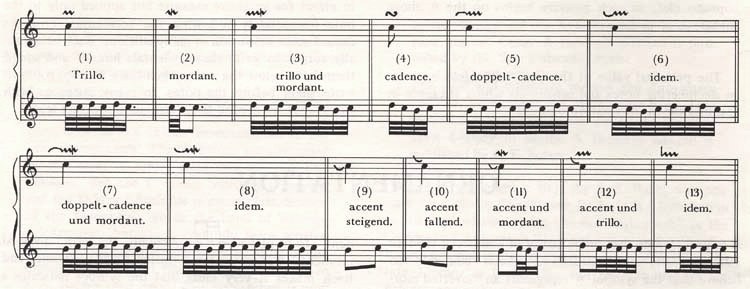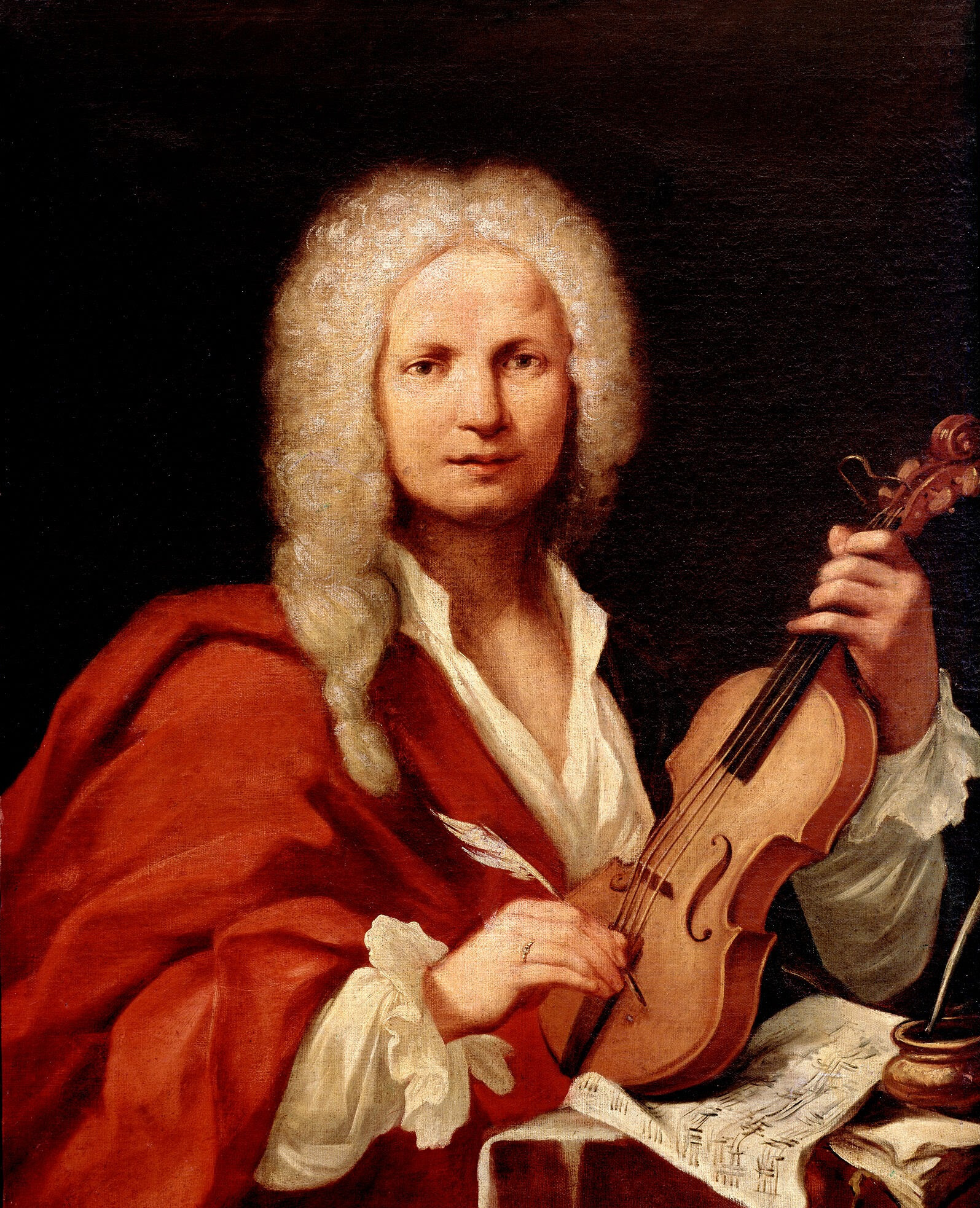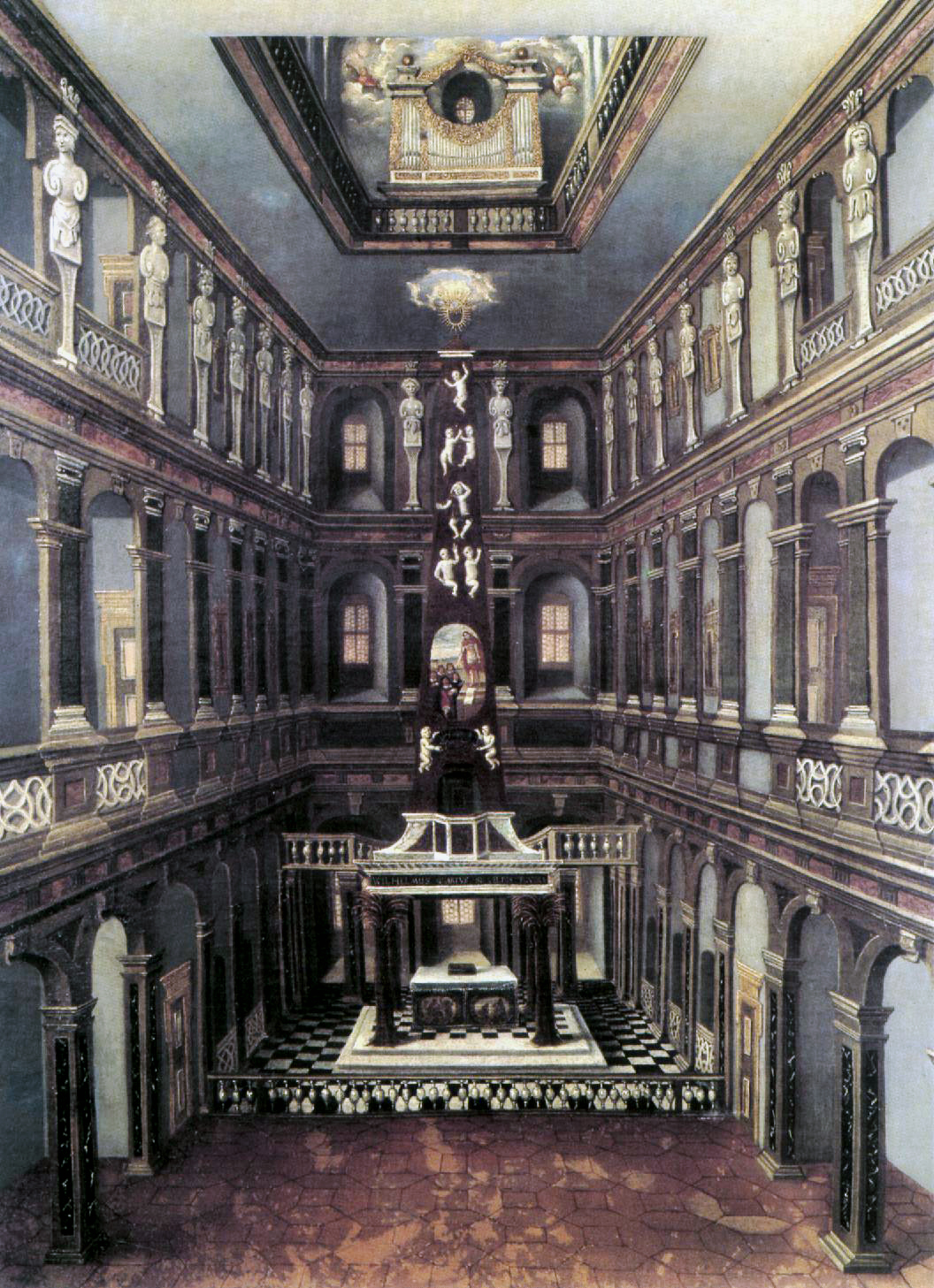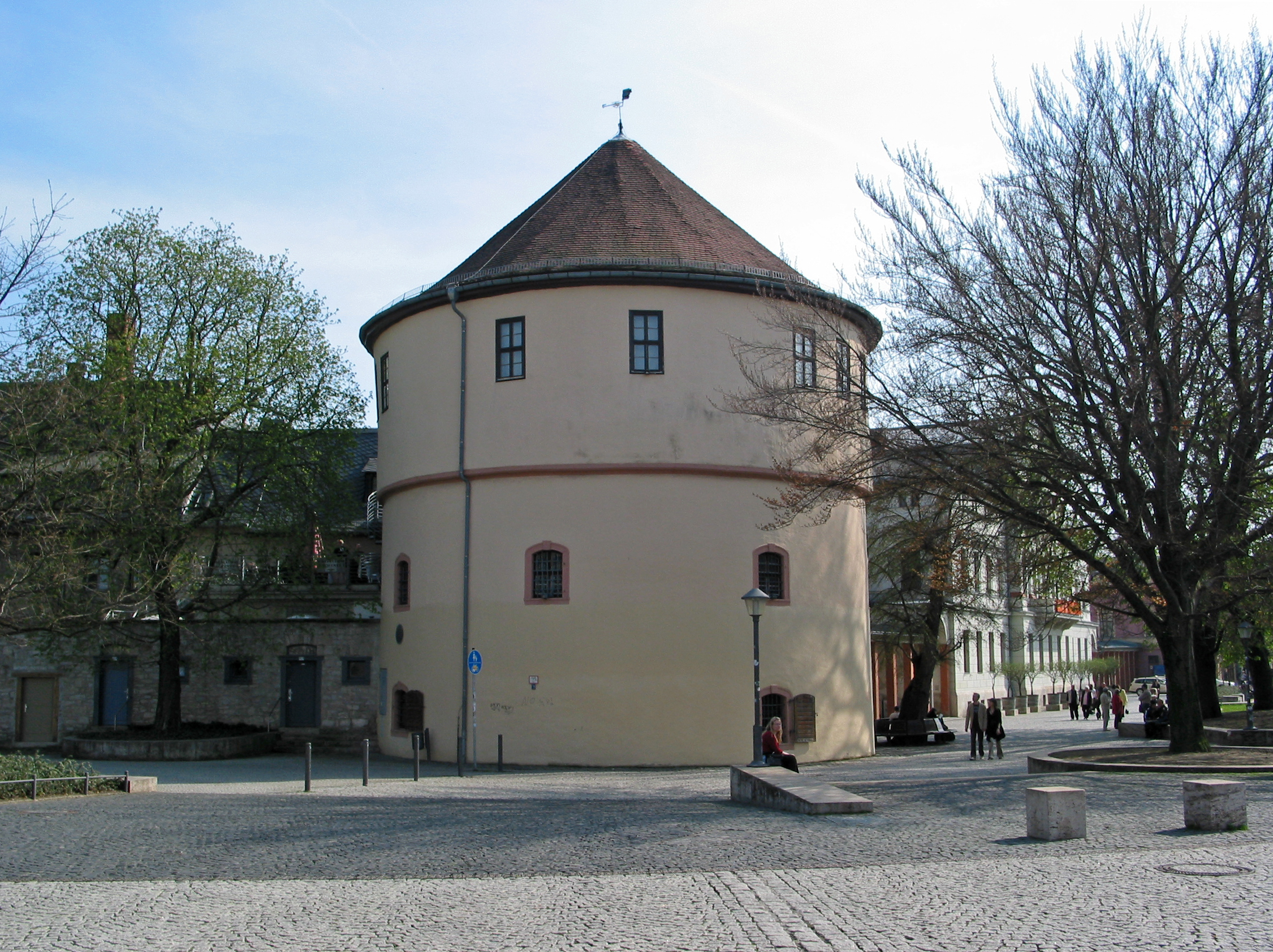|
Concerto In D Minor
The Oboe Concerto in D minor, S D935, is an early 18th-century concerto for oboe, strings and continuo attributed to the Venetian composer Alessandro Marcello. The earliest extant manuscript containing Johann Sebastian Bach's solo keyboard arrangement of the concerto, BWV 974, dates from around 1715. As a concerto for oboe, strings and continuo group, its oldest extant sources date from 1717: that year it was printed in Amsterdam, and a C minor variant of the concerto, S Z799, was written down. Bach's keyboard version was published as an arrangement of a concerto by Antonio Vivaldi in the 19th century. In 1923 the C minor version of the oboe concerto was published as a composition by Benedetto Marcello, Alessandro's brother. In the second half of the 20th century several publications indicated Alessandro again as the composer of the piece, as it had been in its early 18th-century print, and the oboe concerto was again published in its D mi ... [...More Info...] [...Related Items...] OR: [Wikipedia] [Google] [Baidu] |
D minor
D minor is a minor scale based on D (musical note), D, consisting of the pitches D, E (musical note), E, F (musical note), F, G (musical note), G, A (musical note), A, B♭ (musical note), B, and C (musical note), C. Its key signature has one Flat (music), flat. Its Relative key, relative major is F major and its parallel key, parallel major is D major. The D natural minor scale is: Changes needed for the melodic and harmonic versions of the scale are written in with accidentals as necessary. The D Harmonic minor scale, harmonic minor and melodic minor scales are: Scale degree chords The scale degree chords of D minor are: * Tonic (music), Tonic – D minor * Supertonic – Diminished triad, E diminished * Mediant – F major * Subdominant – G minor * Dominant (music), Dominant – A minor * Submediant – B-flat major * Subtonic – C major Music in D minor Of Domenico Scarlatti's 555 keyboard sonatas, 151 are in minor keys, and with 32 sonatas, D minor is the most of ... [...More Info...] [...Related Items...] OR: [Wikipedia] [Google] [Baidu] |
Estienne Roger
Estienne Roger (1664 or 1665 in Caen, France – 7 July 1722 in Amsterdam) was a francophone printer, bookseller and publisher of sheet music working in the Netherlands. Life Roger was born a French Huguenot. The revocation of Edict of Nantes in 1685 made him flee with his family to the Kingdom of the Netherlands, Netherlands where he settled in Amsterdam. In 1691 he married Marie-Suzanne de Magneville (c. 1671–1712); by that time his father had settled in England. He learned the trade of printing from Antoine Pointel and Jean-Louis de Lorme. In 1696 he opened his own shop in the Kalverstraat. Roger concentrated on histories, grammars, dictionaries, and eventually became a renowned publisher of musical scores. Between 1696 and 1722 he published over 500 editions of music written by a wide range of composers. In some cases, Roger offered mere reprints aiming at the European market he successfully reached (works that had been published by Giuseppe Sala in Venice or Ballard in Par ... [...More Info...] [...Related Items...] OR: [Wikipedia] [Google] [Baidu] |
Pedal Keyboard
A pedalboard (also called a pedal keyboard, pedal clavier, or, with electronic instruments, a bass pedalboard) is a musical keyboard, keyboard played with the feet that is usually used to produce the low-pitched bass line of a piece of music. A pedalboard has long, narrow lever-style keys laid out in the same semitone scalar pattern as a Musical keyboard, manual keyboard, with longer keys for C, D, E, F, G, A, and B, and shorter, raised keys for C, D, F, G and A. Training in pedal technique is part of standard organ pedagogy in church music and art music. Pedalboards are found at the base of the organ console, console of most pipe organs, pedal pianos, theatre organs, and electronic organs. Standalone pedalboards such as the 1970s-era Moog Taurus bass pedals are occasionally used in progressive rock and fusion jazz, fusion music. In the 21st century, MIDI pedalboard controllers are used with synthesizers, Clonewheel organ, electronic Hammond-style organs, and with digital pipe org ... [...More Info...] [...Related Items...] OR: [Wikipedia] [Google] [Baidu] |
Harpsichord
A harpsichord is a musical instrument played by means of a musical keyboard, keyboard. Depressing a key raises its back end within the instrument, which in turn raises a mechanism with a small plectrum made from quill or plastic that plucks one or more strings. The strings are under tension on a Sound board (music), soundboard, which is mounted in a wooden case; the soundboard amplifies the vibrations from the strings so that the listeners can hear it. Like a pipe organ, a harpsichord may have more than one keyboard Manual (music), manual and even a #Pedal harpsichord, pedal board. Harpsichords may also have Organ stop, stop levers which add or remove additional octaves. Some harpsichords may have a buff stop, which brings a strip of buff leather or other material in contact with the strings, muting their sound to simulate the sound of a plucked lute. The term denotes the whole family of similar plucked-keyboard instruments, including the smaller virginals, virginals#Muselars, m ... [...More Info...] [...Related Items...] OR: [Wikipedia] [Google] [Baidu] |
L'estro Armonico
''L'estro armonico'' (''The Harmonic Inspiration''), opus number, Op. 3, is a set of 12 concertos for string instruments by Italian composer Antonio Vivaldi, first published in Amsterdam in 1711. Vivaldi's Twelve Trio Sonatas, Op. 1 (Vivaldi), Twelve Trio Sonatas, Op. 1, and Twelve Violin Sonatas, Op. 2 (Vivaldi), Twelve Violin Sonatas, Op. 2, only contained sonatas, thus ''L'estro armonico'' was his first collection of concertos appearing in print. It was also the first time he chose a foreign publisher, Estienne Roger, instead of an Italian. Each concerto was printed in eight parts: four violins, two violas, cello and basso continuo, continuo. The continuo part was printed as a figured bass for violone and harpsichord. The concertos belong to the ''concerto a 7'' format, that is: for each concerto there are seven independent parts. In each consecutive group of three concertos, the first is a concerto for four violins, the second for two violins, and the third a solo violin conc ... [...More Info...] [...Related Items...] OR: [Wikipedia] [Google] [Baidu] |
Opus Numbers
In music, the opus number is the "work number" that is assigned to a musical composition, or to a set of compositions, to indicate the chronological order of the composer's publication of that work. Opus numbers are used to distinguish among compositions with similar titles; the word is abbreviated as "Op." for a single work, or "Opp." when referring to more than one work. Opus numbers do not necessarily indicate chronological order of composition. For example, posthumous publications of a composer's juvenilia are often numbered after other works, even though they may be some of the composer's first completed works. To indicate the specific place of a given work within a music catalogue, the opus number is paired with a cardinal number; for example, Beethoven's Piano Sonata No. 14 in C-sharp minor (1801, nicknamed ''Moonlight Sonata'') is "Opus 27, No. 2", whose work-number identifies it as a companion piece to "Opus 27, No. 1" ( Piano Sonata No. 13 in E-flat major, 1800–01), ... [...More Info...] [...Related Items...] OR: [Wikipedia] [Google] [Baidu] |
The Netherlands
, Terminology of the Low Countries, informally Holland, is a country in Northwestern Europe, with Caribbean Netherlands, overseas territories in the Caribbean. It is the largest of the four constituent countries of the Kingdom of the Netherlands. The Netherlands consists of Provinces of the Netherlands, twelve provinces; it borders Germany to the east and Belgium to the south, with a North Sea coastline to the north and west. It shares Maritime boundary, maritime borders with the United Kingdom, Germany, and Belgium. The official language is Dutch language, Dutch, with West Frisian language, West Frisian as a secondary official language in the province of Friesland. Dutch, English_language, English, and Papiamento are official in the Caribbean Netherlands, Caribbean territories. The people who are from the Netherlands is often referred to as Dutch people, Dutch Ethnicity, Ethnicity group, not to be confused by the language. ''Netherlands'' literally means "lower countries" i ... [...More Info...] [...Related Items...] OR: [Wikipedia] [Google] [Baidu] |
Prince Johann Ernst Of Saxe-Weimar
Johann Ernst of Saxe-Weimar () (25 December 1696 – 1 August 1715) was a German prince, son by his second marriage of Johann Ernst III, Duke of Saxe-Weimar. Despite his early death he is remembered as a collector and commissioner of music and as a composer, some of whose concertos were arranged for harpsichord or organ by Johann Sebastian Bach, who was court organist in Weimar at the time. Life Johann Ernst was born in Weimar, the fourth son and sixth child of Johann Ernst III, Duke of Saxe-Weimar, and second child of the Duke's second wife, Charlotte Dorothea Sophia of Hesse-Homburg. As a young child the prince took violin lessons from G.C. Eilenstein, who was a court musician.Sarah E. Hanks, "Johann Ernst, Prince of Weimar", In ''Grove Music Online''. Oxford Music Online, http://www.oxfordmusiconline.com/subscriber/article/grove/music/14348 (accessed October 29, 2009). He studied at the University of Utrecht between February 1711 and July 1713. It is thought that Johann Ernst ... [...More Info...] [...Related Items...] OR: [Wikipedia] [Google] [Baidu] |
Weimar Concerto Transcriptions (Bach)
The concerto transcriptions of Johann Sebastian Bach date from his second period at the court in Weimar (1708–1717). Bach transcribed for organ and harpsichord a number of Italian and Italianate concertos, mainly by Antonio Vivaldi, but with others by Alessandro Marcello, Benedetto Marcello, Georg Philipp Telemann and the musically talented Prince Johann Ernst of Saxe-Weimar. It is thought that most of the transcriptions were probably made in 1713–1714. Their publication by C.F. Peters in the 1850s and by Breitkopf & Härtel in the 1890s played a decisive role in the Vivaldi revival of the twentieth century. Johann Sebastian Bach was a court musician in Weimar from 1708 to 1717. He wrote most, if not all, of his concerto transcriptions for pipe organ, organ (#Transcriptions for organ, BWV 592–596, BWV 592–596) and for harpsichord (#Transcriptions for harpsichord, BWV 592a and 972–987, BWV 592a and 972–987) from July 1713 to July 1714. Most of these transcription ... [...More Info...] [...Related Items...] OR: [Wikipedia] [Google] [Baidu] |
Weimar
Weimar is a city in the state (Germany), German state of Thuringia, in Central Germany (cultural area), Central Germany between Erfurt to the west and Jena to the east, southwest of Leipzig, north of Nuremberg and west of Dresden. Together with the neighbouring cities of Erfurt and Jena, it forms the central metropolitan area of Thuringia, with approximately 500,000 inhabitants. The city itself has a population of 65,000. Weimar is well known because of its cultural heritage and importance in German history. The city was a focal point of the German Enlightenment and home of the leading literary figures of Weimar Classicism, Johann Wolfgang von Goethe and Friedrich Schiller. In the 19th century, composers such as Franz Liszt made Weimar a music centre. Later, artists and architects including Henry van de Velde, Wassily Kandinsky, Paul Klee, Lyonel Feininger, and Walter Gropius came to the city and founded the Bauhaus movement, the most important German design school of the int ... [...More Info...] [...Related Items...] OR: [Wikipedia] [Google] [Baidu] |
Eterio Stinfalico
Alessandro Ignazio Marcello (; 1 February 1673 – 19 June 1747) was an Italian people, Italian nobleman and composer. Biography Born in Venice, Marcello was the son of a senator, and as a member of the noble Marcello (family), Marcello family, enjoyed a comfortable life that gave him the freedom to pursue his interest in music. He held concerts in his hometown and composed and published several sets of concertos, including six under the title of ''La Cetra'' (The Lyre), as well as cantatas, arias, canzonetti, and violin sonatas. A contemporary of Tomaso Albinoni, and a slightly older contemporary of Antonio Vivaldi, Marcello often composed under the pseudonym Eterio Stinfalico, his name as a member of the celebrated Roman Academies#Pontificia Accademia degli Arcadi .281690.29, Arcadian Academy (''Pontificia Accademia degli Arcadi''). Marcello died in Venice in 1747 and was buried on his family's countryside estate in Paviola near Padua. Rosanna Scalfi Marcello, Rosanna Scalf ... [...More Info...] [...Related Items...] OR: [Wikipedia] [Google] [Baidu] |
Grace Note
A grace note is a kind of music notation denoting several kinds of musical ornament (music), ornaments. It is usually printed smaller to indicate that it is melodically and harmonically nonessential. When occurring by itself, a single grace note indicates either an acciaccatura when notated with an oblique stroke through the stem, or an appoggiatura when notated without. When they occur in groups, grace notes can be interpreted to indicate any of several different classes of ornamentation, depending on interpretation. For percussion, such as drums, a related concept are Ghost note, ghost notes — supportive snare-hits at a lower volume. Notation In notation, a grace Musical note, note is distinguished from a standard note by print size. A grace note is indicated by printing a note much smaller than an ordinary note, sometimes with a slash through the note stem (if two or more grace notes, there might be a slash through the note stem of the first note but not the subsequent gra ... [...More Info...] [...Related Items...] OR: [Wikipedia] [Google] [Baidu] |






